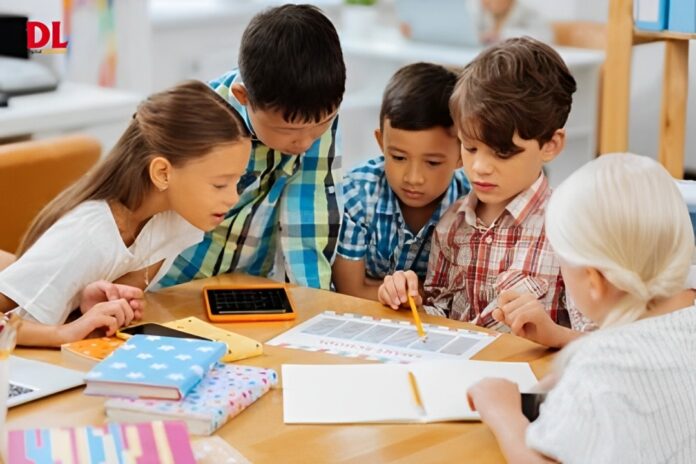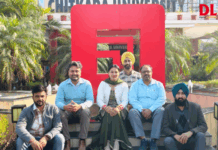
A recent UNESCO Global Education Monitoring (GEM) report has revealed that 40% of people worldwide do not have access to education in a language they speak and understand fluently. In some low- and middle-income countries, this figure soars to 90%, affecting more than a quarter of a billion learners. The language barrier has been identified as a critical challenge in ensuring quality education and learning outcomes.
The report, titled “Languages Matter: Global Guidance on Multilingual Education,” was released on the 25th anniversary of International Mother Language Day. It highlights the growing linguistic diversity in classrooms worldwide due to migration, displacement, and historical education policies. According to UNESCO, over 31 million displaced youth currently face language barriers in education, further widening the existing educational gap.
Language Barriers Worsening Learning Gaps
The report warns that students who do not receive education in their home language face significant learning losses, particularly in core subjects such as reading and mathematics. Analysis by the GEM team found that between 2010 and 2022, the learning gap between native and non-native language learners widened substantially:
- The reading proficiency gap increased from 12 to 18 percentage points
- The mathematics proficiency gap grew from 10 to 15 percentage points
The findings indicate that linguistic exclusion disproportionately affects disadvantaged learners, who struggle to keep up with education due to instruction in an unfamiliar language. The COVID-19 pandemic and the rapid influence of technology have further worsened learning disparities.
Challenges in Implementing Multilingual Education
Despite increasing awareness of the benefits of home-language instruction, many countries struggle to adopt and implement policies effectively. The report identifies several key barriers, including:
- Limited teacher capacity to instruct in multiple languages
- Shortage of learning materials in home languages
- Resistance from communities due to socio-political factors
- Historical policies, often influenced by colonial legacies, that favoured dominant languages over local dialects
In some multilingual countries, the lack of resources to implement education in multiple languages poses additional challenges. In wealthier nations, rising immigration has introduced new languages into classrooms, making it difficult to develop inclusive curricula and assessment systems.
UNESCO’s Recommendations for Bridging Language Gaps
To address these disparities, the GEM team has urged countries to adopt context-specific, inclusive language policies that ensure equitable access to education. Key recommendations include:
- Developing tailored language policies that reflect each country’s linguistic diversity
- Creating bridging programs for immigrant students to support language acquisition
- Aligning teacher training and deployment with language proficiency requirements
- Ensuring culturally and linguistically responsive pedagogy in early childhood education
- Providing school leaders with professional training to foster inclusion and support multilingual students
- Strengthening community engagement to promote acceptance of home-language education
The report stresses that language transition must be carefully managed through curriculum adjustments and the availability of teaching and learning materials in relevant languages.
Also Read: Hello Kids Preschool Celebrates 1,000th Center Milestone in India
India’s National Education Policy and Multilingual Education Debate
The report is particularly relevant to India, which is currently implementing its National Education Policy (NEP). The NEP advocates multilingual education through a three-language formula in schools. However, the policy has faced resistance from some states, with concerns over the imposition of certain languages over regional ones.
Experts argue that promoting home-language education can significantly enhance learning outcomes and inclusion. As linguistic diversity grows globally, UNESCO has called for immediate action to prioritise multilingual education and ensure that language is not a barrier to quality education.





















